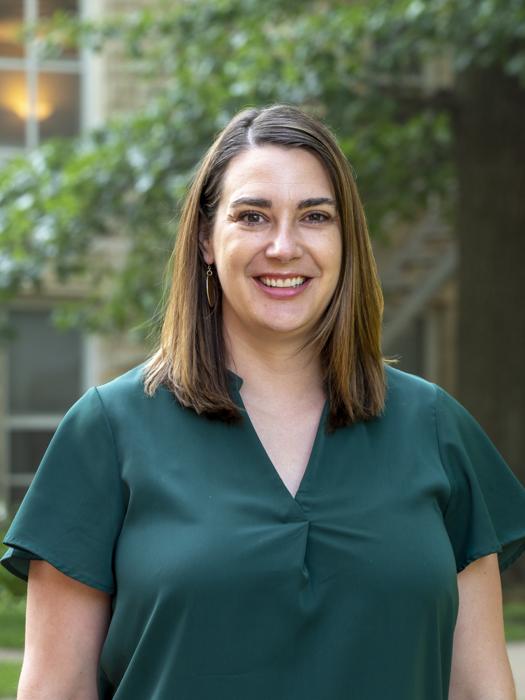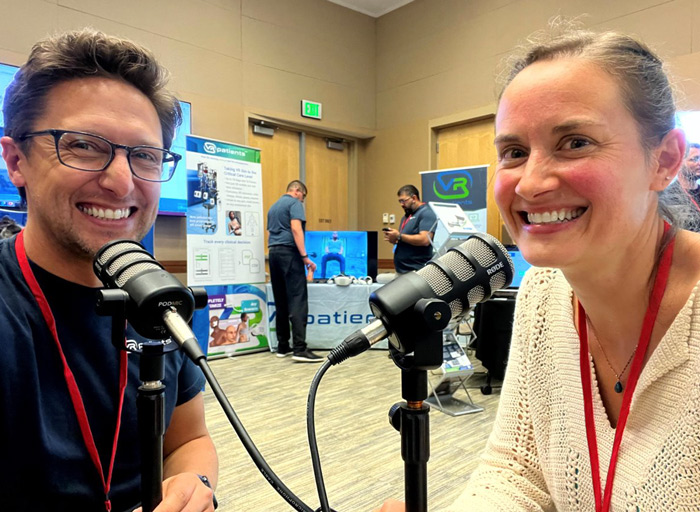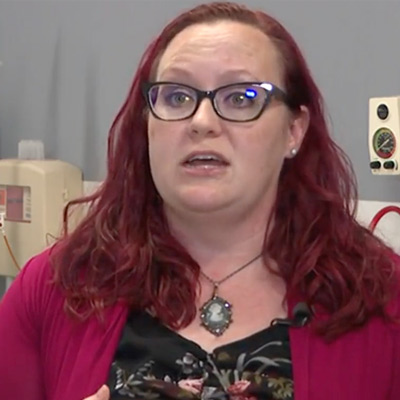Testimonials


Joice L., Simulation Director, Greenville, SC
Joice.lynn@gvltlc.edu
“Our biggest issue isn’t getting the students through the door, it’s retention. We are using VRpatients to meet our students where they’re at so we can get them immersed with hands on learning as soon as they walk in the door.”
“Because you can copy and paste, our digital investment saves us time and money. I’m making the investment now so it will pay off 5 years from now.”
“The students coming out will be more confident. Because they will be more confident, they will stay in the program and ultimately, their patients will get better care.”
They are issuing professional development hours to get nursing staff to learn the Oculus.
Jeremy Brewer, Topeka, KS, Simulation Operations Specialist, Stormont Vail Health
“I brought a scenarios that our educators use regularly, handed it to one of the VRpatients team members and build the simulation for us in VRpatients within a couple hours. I got to do the simulation and all the learner expectations in my scenario became options that I could choose from in the case.”

David Shablak, Simulation Specialist/Paramedic, Orbis Education, Carmel, IN
Host of “SimulationTek” Podcast
“When I experienced VRpatients for the first time, I was able to do everything from assess the patient to transport them, but my medic brain was really impressed with the empathetic buy-in of the platform.”
Lori DeCino, Simulation Operations Specialist, HealthONE, Denver, CO
“VR is a more fun, more immersive way to get students engaged in what they’re doing, and if we can build a platform where we can go to them, it’s huge. It’s a safe place for students to ‘crash and burn’ and it sounds awful, but we’d much rather you kill a simulative patient than a real one.”


